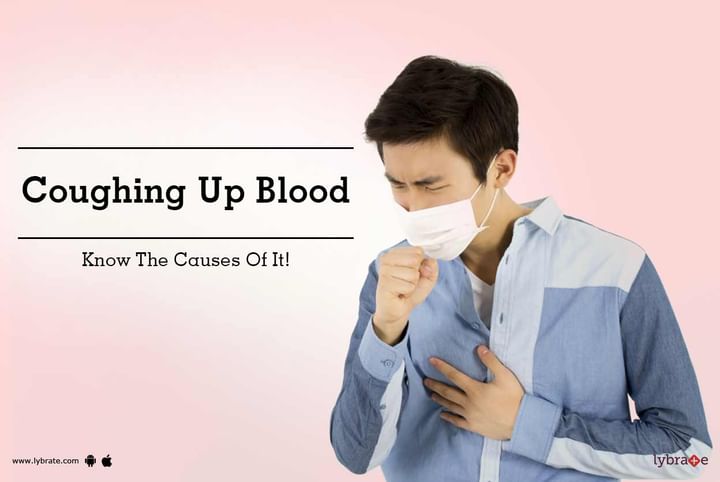Coughing Up Blood: Know The Causes Of It!
Coughing of blood is a serious problem in comparison to normal coghing. The coughing up of blood that originates from below the level of the larynx is known as hemoptysis. This can vary in terms of severity depending on the amount of blood being expelled. This disease is a common condition, but on an average, less than 5% of hemoptysis cases are life-threatening.
Oral antibiotics are usually the first stage of treatment for this condition. Smokers will also be urged to quit cigarettes as this can worsen their condition. Treatment for minor hemoptysis may also include:
- Oral hemostatics
- Cough suppressants
- Anticoagulants
- Radiation of laser treatment
- Therapeutic bronchoscopy
In its later stages, hemoptysis can be treated with a minimally invasive procedure known as endovascular embolization or with surgery. In some cases, endovascular embolization may also be sued to stabilise the patient before surgery. This procedure reduces the pressure in the hypertrophic arterial blood vessels and decreases the risk of perioperative bleeding.
Hemoptysis is also one of the most common complaints of lung cancer patients. Depending on the stage of cancer and the amount of blood expectorated, treatment in some cases may not be possible. In such cases, a parenteral opioid and fast-acting benzodiazepine may be administered.
Hemoptysis rarely affects children. The symptoms of this condition include:
Sudden onset of a cough with bloody phlegm
- Fever
- Anorexia and weight loss
- Dyspnoea
- Paroxysmal nocturnal dyspnoea
- Fatigue
What should you follow in following situations?
- Chest pain: Medical attention should be sought in cases where this condition recurs often, if it lasts for longer than a fortnight or if the volume of blood expectorated is more than 30ml per day. The various tools that help in the diagnosis of this condition are:
- Chest radiography: This imaging modality helps lateralize bleeding and understand the amount of lung involvement. It is quick, inexpensive and can also help detect other underlying abnormalities.
- Bronchoscopy: This involves the insertions of a rigid or flexible endoscope into the bronchial passages to check the airways and determines active bleeding sites.
- MDCT: A multidetector CT is a non-invasive imaging tool that provides a comprehensive evaluation of airways, lung parenchyma, and thoracic vessels. It can also be used to uncover potential causes of bleeding such as bronchiectasis, pulmonary infections and lung cancer. In some cases, a multidetector CT angiography may also be used.
In case you have a concern or query you can always consult an expert & get answers to your questions!



+1.svg)
